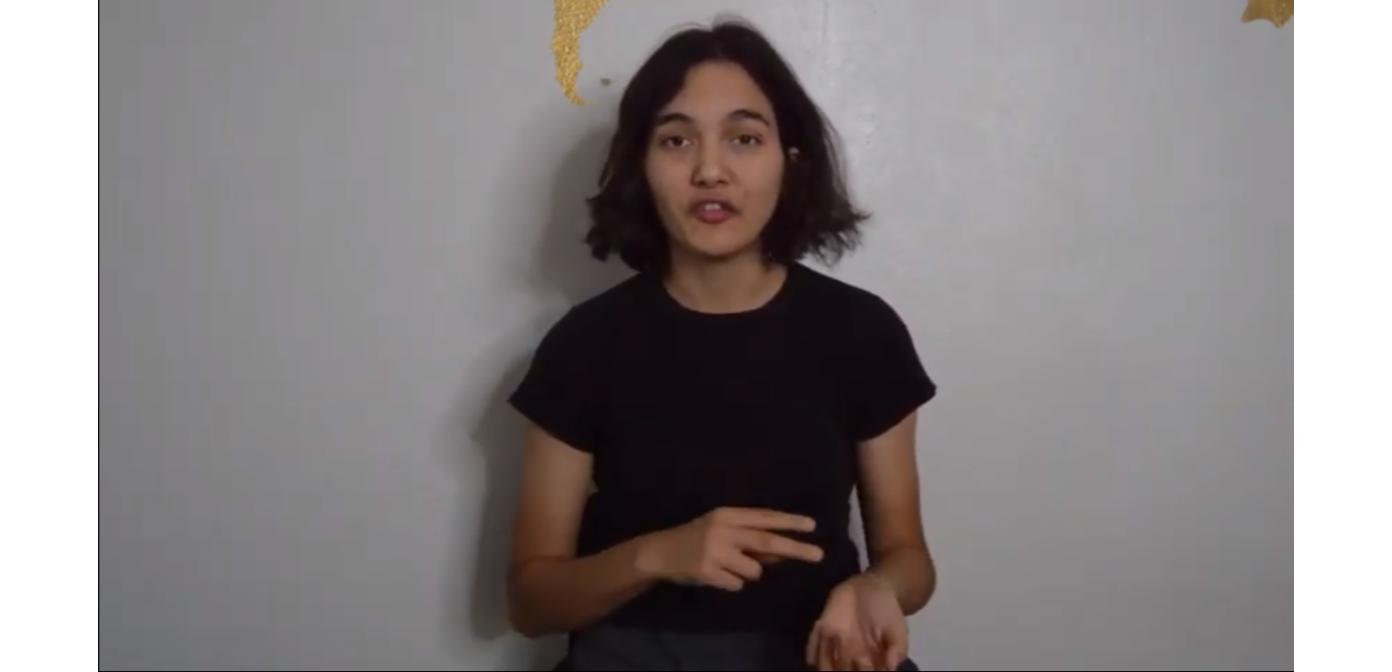Everyone gets stuck while practicing. How do you move forward? Welcome to the Practice Process.
[youtube url="https://youtu.be/V5UwGhQ2v0A" width="600" height="400" responsive="yes" autoplay="no" mute="no"]
Everyone gets stuck while practicing. How do you move forward? Welcome to the Practice Process.
Today, Co-founder and Executive Director Claire Druffner explains the three steps to problem-solving in the practice room.
Problem-solving in the practice room reduces stress and confusion while optimizing growth, self reliance, productivity, and fun!
Step 1: observe what's happening while you practice the passage by asking yourself questions to observe your mental and physical habits. What and where is the problem area? Mentally, what are you thinking about before and during the problem area? Are you even thinking about the passage? Physically, how is your left hand moving? How is your right arm moving? Is your arm high or low? Are you relaxed? Don't make any judgements (yet) on whether your playing is good or bad, simply observe what is actually happening.
Step 2, identify what you want to sound like through personal knowledge and inspiration from other musicians. When you practice, it is vital to know what you want to sound like! You can identify your end goal of a passage by singing the passage and relying on your own ear, your own musicality. You can also listen to recordings of how others play a passage to gain inspiration. Be sure to notice their physical habits. Physically, how do they move differently than you? Lastly, you can look to your private teacher or other musical mentor to ask about how to phrase a passage, what notes to bring out, the articulation of a technique, etc.
Step 3, experiment to find creative solutions that bridge the gap between how you currently play a problem area to how you want to play that passage. Implement what you learned in step two and find out whether that solution works for you. If something doesn't work for you, don't worry! Remember, all of us are a little different, so what works for another musician might not work for you. Therefore, experimentation is necessary. You are solving your practice problems with your own solutions. This is your opportunity to teach yourself, so be creative! After you find out what solutions work for you, be sure to integrate these solutions into your playing with the repetition necessary to guarantee consistency. Get creative with exercises that will help you integrate your new mental and physical practice solutions.
Practicing is like the scientific method. A hypothesis (identified in step 2) is formed about a particular issue that you’re testing (observed in step 1). In the practice room, you test out your hypothesis to see if it solves your practice problem. Based on your findings, you can go back and readjust things or try something completely new!
For best results, stay patient, aware, and creative.
Here’s your challenge: tag us in your video this week that shows us how you used this process in the practice room. Use #practicenotes and the title "Week 1" so we are sure to see your video! You can tag us anywhere on Youtube @Practice Notes or Instagram @project.practicenotes. Videos will be featured on our website www. practicenotes.us!
